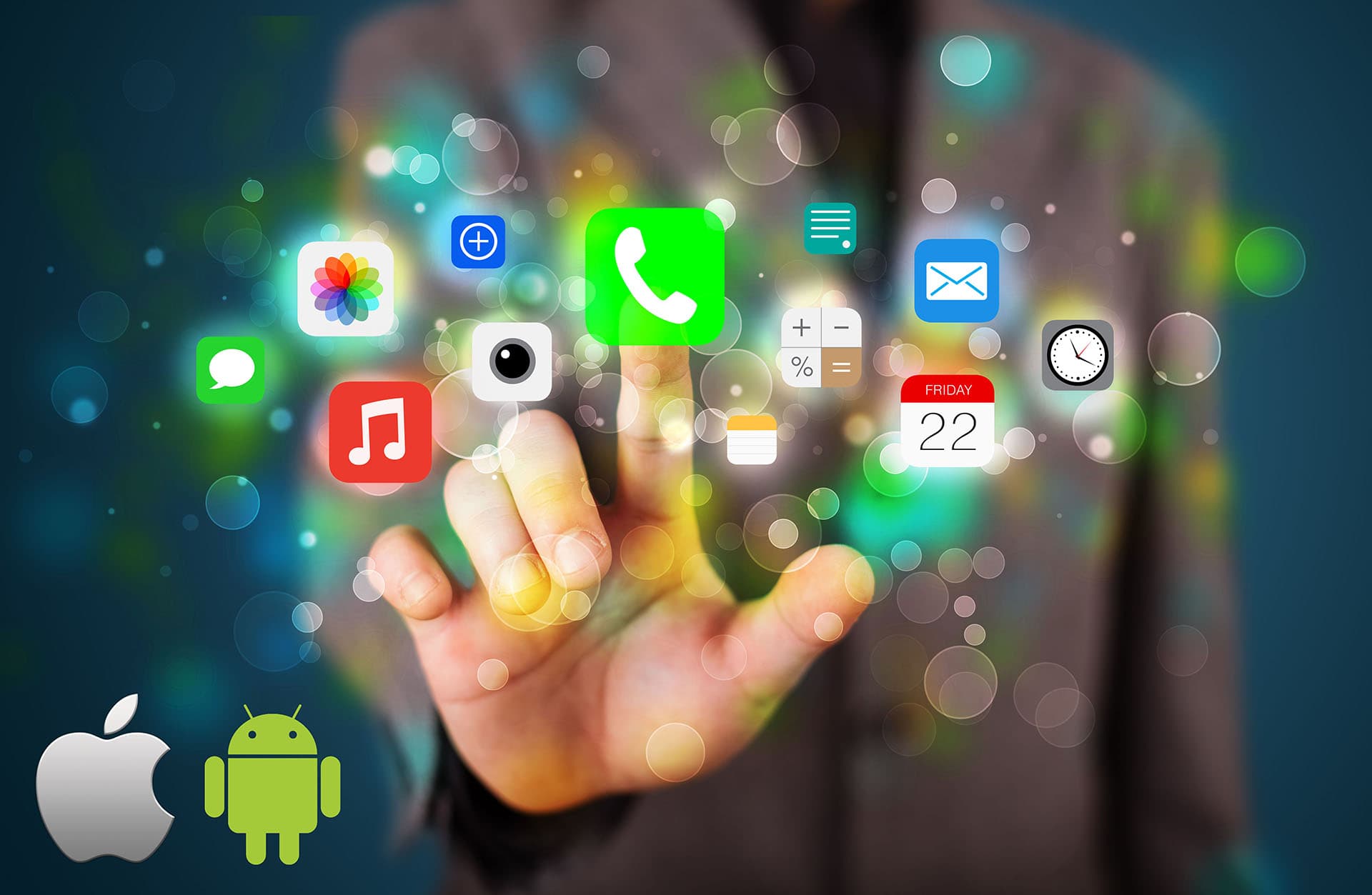The journey of mobile user experience (UX) design has been a fascinating evolution, marked by significant milestones from the advent of touchscreens to the latest advancements in haptic feedback. This transformation has been driven by the need to create more intuitive, responsive, and engaging interfaces that enhance user satisfaction and usability.
The Era of Touchscreens
The introduction of touchscreens revolutionized mobile UX design, shifting away from physical keyboards and buttons to a more interactive and dynamic interface. This change was spearheaded by the release of the first iPhone in 2007, which set a new standard for mobile devices.
“The iPhone’s touchscreen interface was a game-changer, offering a more natural and direct way for users to interact with their devices,” says UX designer Jane Doe. “It paved the way for more sophisticated and user-friendly mobile applications.”
Touchscreens allowed for gestures like swiping, pinching, and tapping, which became fundamental elements of mobile interaction. These gestures made navigation more intuitive and accessible, catering to a broad audience.
The Rise of Gestural Interfaces
As touchscreens became the norm, UX designers began to explore the potential of gestural interfaces. These interfaces utilize the full range of touch capabilities to create more immersive and efficient user experiences.
“Gestural interfaces enable users to perform complex tasks with simple motions, reducing the cognitive load and making interactions more fluid,” explains John Smith, a mobile UX expert. “This approach enhances the overall usability and accessibility of mobile apps.”
Gestural interfaces have been particularly beneficial in gaming, where quick and precise movements are crucial. They have also improved accessibility for users with disabilities, providing alternative ways to navigate and interact with mobile devices.
The Advent of Haptic Feedback
The next significant leap in mobile UX design came with the integration of haptic feedback. Haptics use vibrations and other tactile sensations to provide physical feedback to users, enhancing their interaction with the digital interface.
“Haptic feedback adds a layer of sensory input that makes interactions more engaging and satisfying,” notes Emma Brown, a haptic technology researcher. “It bridges the gap between the digital and physical worlds, offering a more immersive experience.”
Haptic feedback is particularly effective in gaming and virtual reality (VR) applications, where it can simulate real-world sensations and enhance the sense of presence. It also improves usability in everyday tasks by providing confirmation of actions, such as typing on a virtual keyboard or receiving notifications.
The Integration of Advanced Sensors
Modern mobile devices are equipped with a variety of sensors, including accelerometers, gyroscopes, and proximity sensors, which have further enriched UX design. These sensors enable more responsive and context-aware interactions.
“Sensors allow mobile apps to adapt to the user’s environment and behavior, creating a more personalized and intuitive experience,” says Alex Johnson, a mobile app developer. “They enable features like auto-rotation, motion detection, and ambient light adjustment.”
For instance, fitness apps use accelerometers to track physical activity, while navigation apps utilize gyroscopes for precise orientation and movement detection. These capabilities have expanded the functionality and versatility of mobile applications.
The Emergence of Voice and AI Interfaces
Voice and AI interfaces represent the latest frontier in mobile UX design. With the rise of digital assistants like Siri, Google Assistant, and Alexa, voice interaction has become an integral part of the mobile experience.
“Voice interfaces offer a hands-free and efficient way to interact with mobile devices,” highlights Lisa Martin, an AI specialist. “They are particularly useful in scenarios where touch interaction is impractical, such as driving or cooking.”
AI interfaces also enhance personalization by learning from user behavior and preferences. They can provide tailored recommendations, automate routine tasks, and improve accessibility for users with visual or motor impairments.
Future Trends in Mobile UX Design
Looking ahead, the evolution of mobile UX design shows no signs of slowing down. Emerging technologies like augmented reality (AR), mixed reality (MR), and biometric authentication are set to redefine mobile interactions.
“AR and MR will create more immersive and interactive experiences by overlaying digital content onto the real world,” predicts Samantha Lee, an AR developer. “These technologies have the potential to revolutionize industries like retail, education, and healthcare.”
Biometric authentication, including facial recognition and fingerprint scanning, will enhance security and streamline user authentication processes. These advancements will further blur the line between the digital and physical worlds, creating more seamless and intuitive user experiences.
The evolution of mobile UX design from touchscreens to haptics has been driven by a continuous quest for more intuitive, responsive, and engaging interfaces. Each milestone, from the introduction of gestural interfaces to the integration of advanced sensors and AI, has contributed to creating richer and more immersive user experiences. As technology continues to advance, the future of mobile UX design promises even more innovative and transformative changes, making mobile interactions more seamless and natural than ever before.
